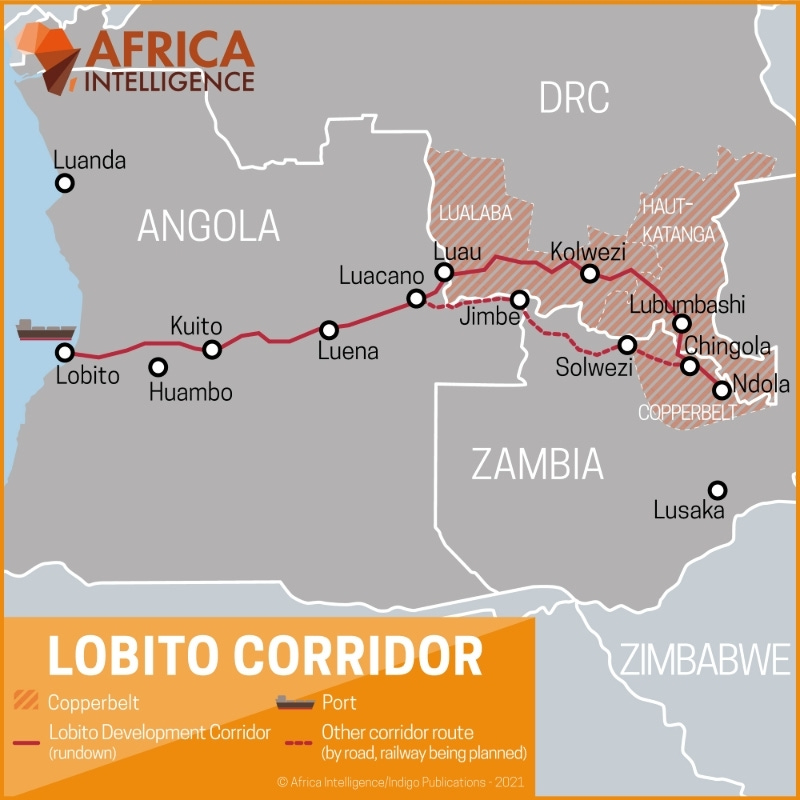Proposing: The Congo River Corridor
Lobito was just the beginning. The Congo Corridor is next.
U.S. policy toward Africa is in flux, and in our view, it’s not getting the strategic attention it deserves. That’s why the Boyd Institute hosted a dinner in Washington, DC last week, convening a group of sharp thinkers to explore big, actionable ideas for the continent’s future.
One idea emerged as the clear standout: The Congo Corridor, AKA the Congo River Corridor.
Building on the success of the G7-backed Lobito Corridor — which connects Angola, Zambia, and the DRC to global trade routes — the Congo Corridor concept takes that logic a step further. It envisions a new economic artery through central Africa, linking the DRC’s mineral-rich interior to the world via modern infrastructure and investment along the river. The aim: unlock value, accelerate trade, and drive inclusive growth across the region.
For context, the Lobito Corridor is the West’s most credible response to China’s Belt & Road Initiative. Launched in May 2023 under the G7’s Partnership for Global Infrastructure and Investment (PGII), it has rare bipartisan backing in the U.S. and aims to unlock resource-rich regions while reducing emissions and trade costs.
The Congo Corridor would continue this momentum. It would deepen investment in central Africa’s transport networks, strengthen regional integration, and position the U.S. as a long-term, trusted partner in Africa’s economic development.
This is just an early sketch of the idea, but that’s how we work at the Boyd Institute. As a policy studio, we move fast, prototype early, and look for asymmetric solutions that can punch above their weight. Our aim is to surface bold ideas and give them momentum. To that end, we’ve created a quick AI-generated explainer to bring the Congo Corridor concept to life — see the video below (this was created in like 10 minutes and lacks details, but it’s a start).
Africa is central to the global future. And the Congo is central to Africa. Watch this space.





